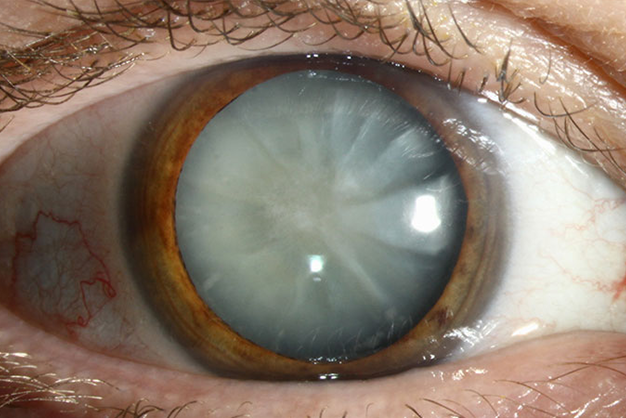
Ophthalmology
Understanding Ophthalmology: A Comprehensive Overview of Eye Health
February 2024

Cataracts, a common eye condition particularly prevalent among the aging population, can significantly impact one's vision and overall quality of life. In this article, we delve into the causes of cataracts, explore the available surgical options, and provide insights into the recovery process.
Understanding the Culprits: Causes of Cataracts
Cataracts develop when the normally clear lens of the eye becomes clouded, leading to a gradual deterioration of vision. While aging is the primary factor, several other causes contribute to the formation of cataracts :
Peering Through the Options: Surgical Interventions for Cataracts :
When cataracts begin to impede daily activities and hinder vision, surgical intervention becomes a viable solution. Cataract surgery is a common and highly successful procedure aimed at restoring clarity to the eye. Here are the primary surgical options:
The Road to Clarity: Navigating the Recovery Process :
Cataract surgery is known for its high success rate and relatively straightforward recovery. Patients can expect the following phases:
Cataract surgery is a transformative journey that offers renewed vision and a brighter outlook on life. Understanding the causes, exploring surgical options, and actively participating in the recovery process are essential steps in this journey towards clarity. If you or a loved one are considering cataract surgery, consult with an eye care professional to determine the best course of action for your individual needs and embark on the path to clearer vision.

Ophthalmology
February 2024